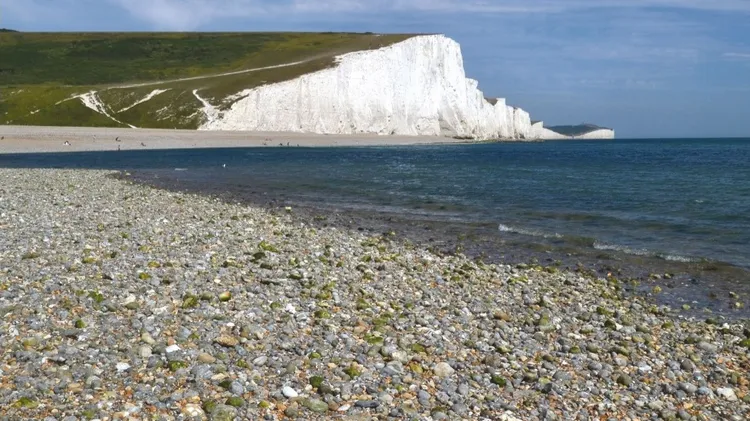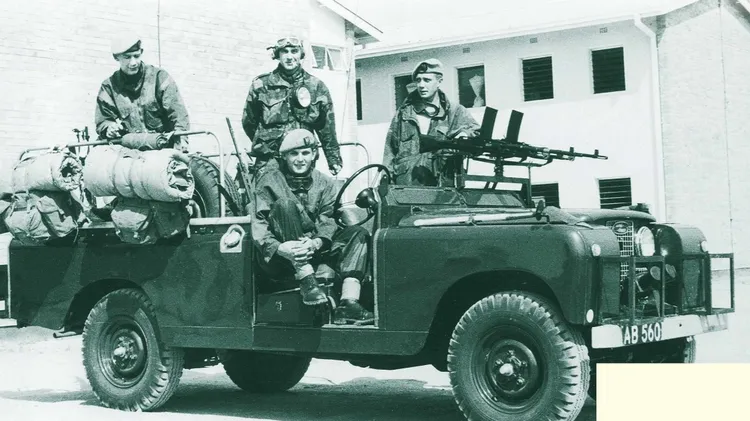80 years ago this month, the Allies launched Operation Overland from UK shor
Top 10d-day sites
9 min read
This article is from...
Read this article and 8000+ more magazines and newspapers on Readly






